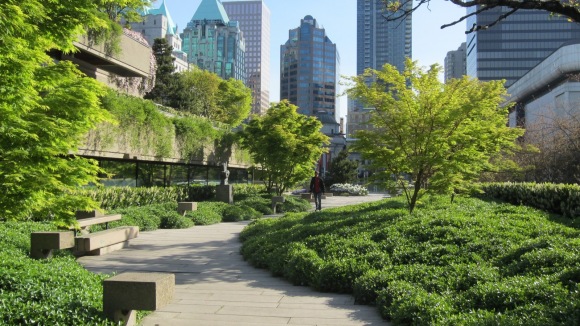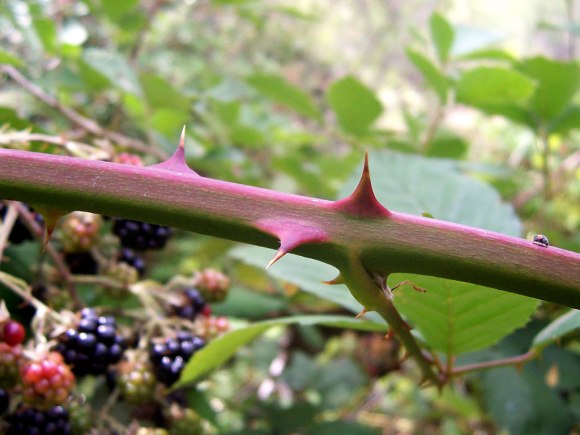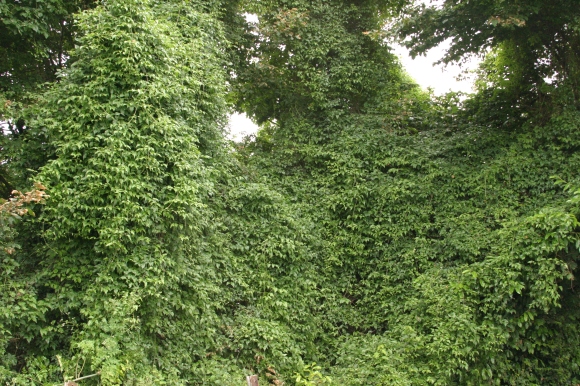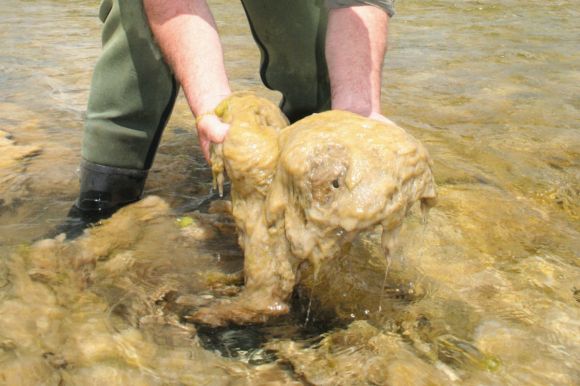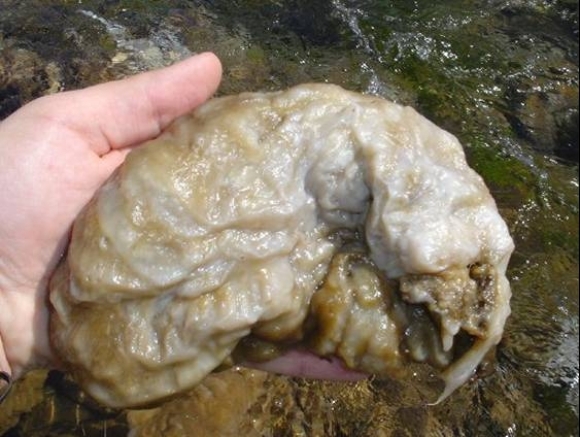British Columbia’s coast is a complex, lush mosaic. A constant sluice of rain saturates the dark earth, coaxing plant life into the warm salty air.
Vancouver in particular has ecosystems unlike any on the planet. Our city is enclosed by enchanting rain forests, boggy sumps, and verdant riverbanks, while urban green spaces brim with chlorophyllic potential.
Plants both native and foreign jockey for sun-space, each attempting to outwit their opponents. The niche dictates which plants will reign and which will wither, and the ecological rules-of-war rarely favour one contender for long. However, some plants are so well-suited to our natural setting that they invariable emerge victorious.
Here are 3 Vancouver species that kick ass and take names:
Armenian Blackberries:
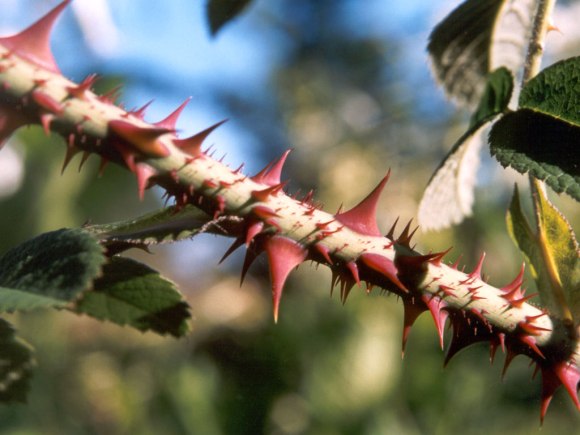 Blackberries were introduced to North America in 1885, where they promptly escaped from cultivation and spread across the entire continent. The thorny invader is native to North Iran and Armenia but has flourished in Vancouver’s temperate climate.
Blackberries were introduced to North America in 1885, where they promptly escaped from cultivation and spread across the entire continent. The thorny invader is native to North Iran and Armenia but has flourished in Vancouver’s temperate climate.
Blackberries seeds, passengers of suburban rodents and birds, travel widely throughout the the city, establishing dense, labyrinthine nests of spiky stalks. Razor-sharp thorns resembling insectile chitin defend the blackberry against herbivory. Probably on purpose, blackberry bushes lurk within benign greenery and try to scratch the bejesus out of unwary hikers.
People are too scared to pull blackberry bushes out, which is why they are everywhere in Vancouver. Emboldened by our inaction, the blackberry will likely start annexing low-rise condominiums and small businesses.
Hedera helix, English Ivy:

English ivy is another pan-Atlantic intruder. This beautiful vine adorns buildings and trees, and looks particularly stately against the of brick and iron scapes of Gastown and the West End. Unwitting land-owners fondly perceive English ivy as elegant, ignorant to the vine’s tendency to drag buildings down under the sheer weight of its dense mats of foliage. English ivy strangles trees by encircling their trunks and choking the limbs above.
Have a rage problem? Check out the “Ivy League”, a group that hosts bi-monthly “ivy-pulls” where you can angrily rip up ivy plants in the name of preserving biodiversity.
Rock Snot
Rock snot is the colloquial name for the stringy, snotty mess produced by the single-celled plant algae Didymosphenia geminata. Rock snot is native to B.C.’s freshwaters, and research has pointed to climate change as a primary reason for increasing rock snot in Western rivers and streams. It is harmless, but very hardy- expect to see more of it as humans wreak havoc on our ozone layer and global temperature norms.
Weird honourable mentions: Dalmation Toadflax, Small touch-me-not, Sulphur Cinquefoil


